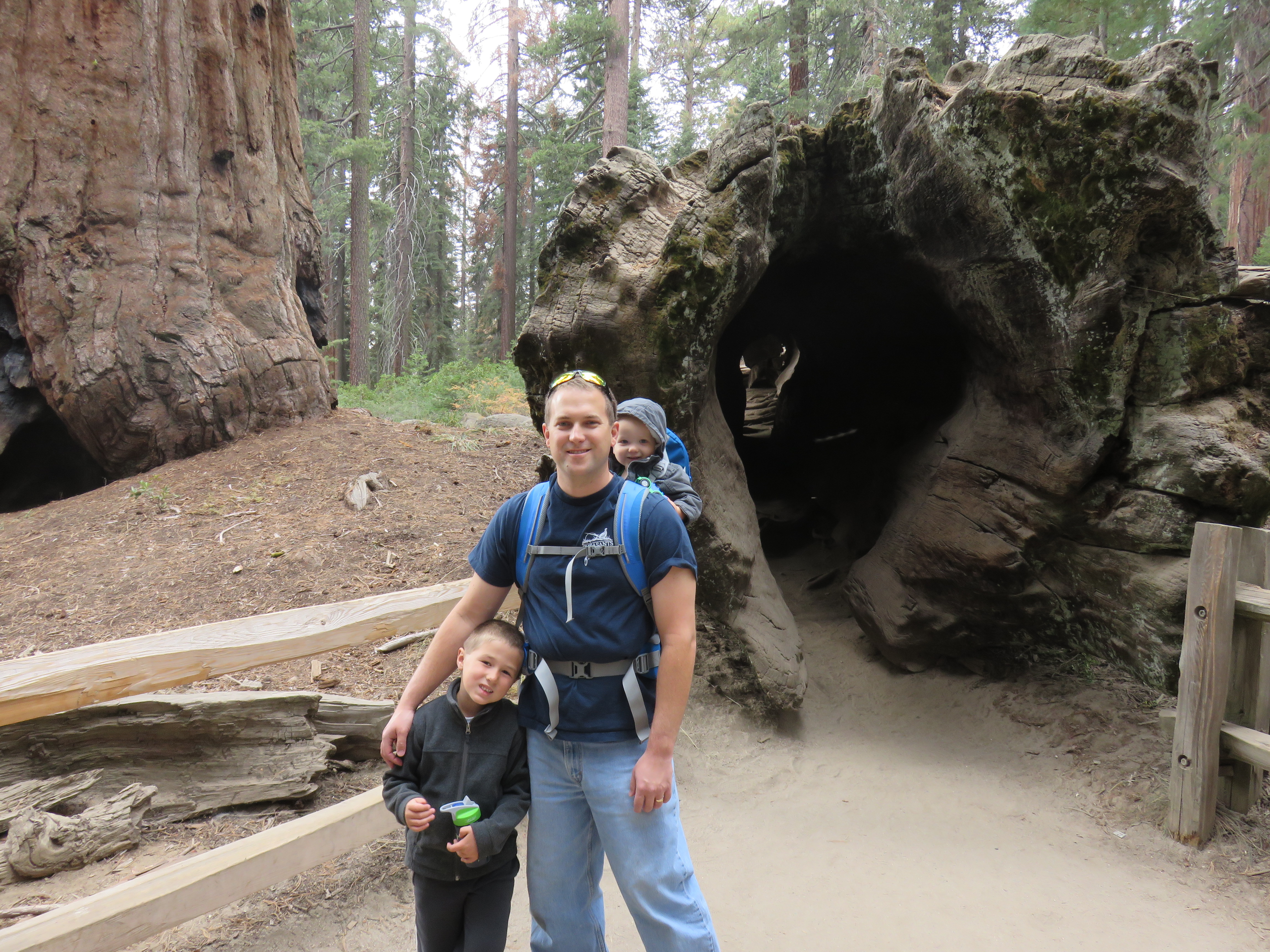
Texas A&M University alumnus Peter Maginot ‘09 is using some of the most powerful computing technology in the world to validate computer modeling computational tools to make sure they accurately reflect the physical phenomena in real-world experiments.
Computational methods research involves using mathematical computations to both generate computer modeled simulations of real-world phenomena and to validate those same computational tools, making sure that the computational methods accurately reflect variables in the real world. Such research has applications in reactor design, astrophysics, inertial confinement fusion and many other specializations. As a graduate student, Maginot’s research focused on thermal radiation transport where, as objects increase in temperature, they emit photons, absorb more photons and continue to increase in temperature. Applying computational methods to these principles allows for simulating phenomena such as a supernova, where the environment cannot be replicated here on Earth, but can be simulated computationally.
Maginot received both his undergraduate and graduate degrees in nuclear engineering from Texas A&M, where he was the recipient of both a Department of Energy Computational Science Graduate (CSG) Fellowship and a Nuclear Regulatory Commission Fellowship.
Dr. Jim Morel, professor of nuclear engineering and director of the Texas A&M Engineering Experiment Station’s Center for Large-Scale Scientific Simulations (CLASS), and Dr. Jean Ragusa, professor of nuclear engineering and associate director for the Institute for Scientific Computation, served as his Ph.D. chairs.
Maginot currently conducts research at Livermore Lawrence National Laboratory, where his work involves trying to solve a difficult set of equations that describe how photons interact with and change the medium, such as a National Ignition Facility target capsule, that the photons are passing through.
“We use experiments with items that have to be physically true and a lot of our simulations get close, but there are a lot of things that they don't factor,” Maginot said. “We can’t do all the experiments that we want to do, so we try and validate our models and improve on them until we match the experiments we have done so that we can use these tools to do simulations on the experiments that we cannot do.
“My work here is almost a direct extension of the things I did at A&M except on a bigger scale,” Maginot said. “At A&M I focused on 1-D very simple geometry. Here we are only concerned with geometry applied in real life such as multi-dimensional 2-D and 3-D geometries. The way a lot of this works out is that if something works in 1-D it's not a guarantee it's going to work in multi-D, so it's been kind of like going from walking to sprinting in some sense.”
Maginot has come to enjoy the impact he is making in his research and the team aspect that he finds is part of working at a national laboratory.
“We solve very challenging problems using resources unlike many others in the world,” he said. “It's challenging, and you have to be driven and work hard but I feel like it's very rewarding. I think it’s being able to master a very small piece of a very big puzzle that only a few other people in the world really understand and really know how it affects things. Once it comes together you can kind of figure out that you did this little piece, but when you magnify it with the other work we see tangible results and benefits.”